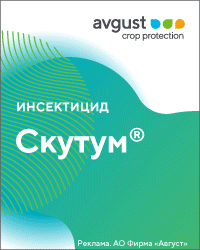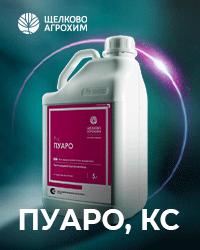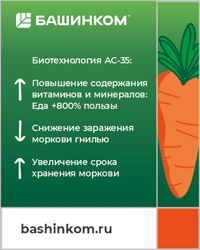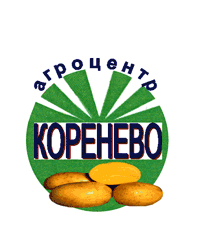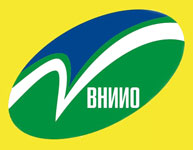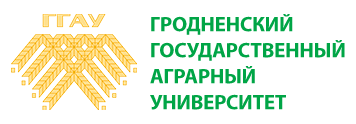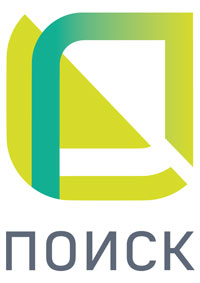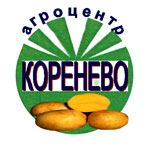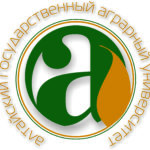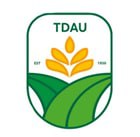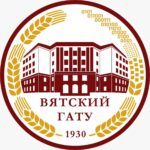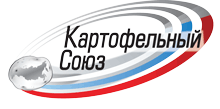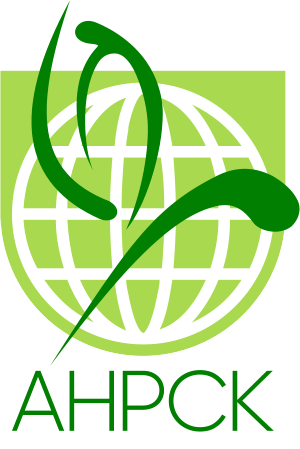UDC 635.611
https://doi.org/10.25630/PAV.2025.56.58.006
Bykovskiy Yu.A., Bagrov R.A.
Information is provided on the nutritional and dietary value of melon (Cucumis melo), its importance in human nutrition. Melon fruits contain 82-96% water and 4-18% soluble solids, which consist of 90% soluble carbohydrates – sugars. In addition to sugars, cultivated melon varieties contain a number of substances that are valuable to the human body: 0.6 mg% dietary fiber, 0.2 mg% free organic acids; vitamins and trace elements. There are two geographical centers of origin of cultivated melons – African and Asian. India should be noted as the source of primitive melon forms with high resistance to diseases. It was the Indian forms of melon that could be the ancestors of modern cultural forms. Melon came to Russia through the Black Sea colonies of Greece, as well as from Central Asia and Turkey through Astrakhan. The first historical information about melon culture in Russia dates back to the beginning of the XVI century. It quickly spread along the river banks in the North Caucasus, the Lower Volga region, and the Don, reaching Voronezh and Kursk. The first mentions of growing near Moscow on manure-insulated soil date back to the beginning of the XVI century. The main industrial melon crops are concentrated in the south of Russia. Among the domestic varieties in demand by agricultural producers, it is worth noting the varieties of the Bykovsky melon breeding experimental station (Duna, Slavia, Osen, Idillia, Garmonia), the Institute of Irrigated Vegetable Growing and Melon Growing (Lada, Selchanka), the Agricultural Company «POISK» (Efiopka, Torpeda, Tsarskaya, Mlada, Fortuna). Of all melon crops, melon is the most demanding of heat. She is also very light-loving, especially sensitive to shading during the initial period of development. Melon plants need the dryness of the surrounding air and a dry soil surface, but they do not tolerate soil drought well. The most important specialized melon pests are the melon fly and melon aphid, fungal diseases (powdery mildew, peronosporosis, Fusarium wilt, anthracnose and ascochytosis) and bacterial diseases (angular leaf spot and various fruit rot).
Key words: melon, cultivar, diseases, insect pests.
Bykovskiy Yu.A., DSci (Agr.), professor, Poisk company
Bagrov R.A. (author for correspondence), Cand. Sci. (Agr.), senior research fellow, ARRIVG – branch of the Federal State Budgetary Scientific Institution of Federal Scientific Vegetable Center (ARRIVG – branch of FSBSI FSVC). E-mail: romanus81@mail.ru
- Rakhimova R.S. Sugar content in melon seeds of different viability. Issues of seed breeding and agrotechnics of vegetable and melon crops and potatoes in Uzbekistan: coll. of sci. papers. Tashkent. 1976. Is. 12. Pp. 16–19 (In Russ.).
- Comparative bioantimutagen of common vegetables and traditional vegetables in Kioto. I. Nakamura, E. Saganuma, N. Kuyama, K. Sato, K. Outsuki. Bull. I.agr. Sc., 1995. Vol. 1. No4. Pp. 433–439.
- Wulf E.V. Agricultural Afghanistan and problems of the origin of cultivated plants. Nature. 1929. №3. C. 239–254 (In Russ.).
- Zhukovsky P.M. Agricultural Turkey. Moscow. Selkhozgiz. 1933. 908 p. (In Russ.).
- Pangalo K.I. Melons. Chisinau. Gosizdat of Moldavia. 1958. 283 p. (In Russ.).
- Sinskaya E.N. Historical geography of cultural flora. Leningrad. Kolos. 1969. 480 p. (In Russ.).
- De Candole А.P. Prodromus systematis naturalis regni vegetabilis, sive enumeratio contracta ordinum generum specierumque plantarum huc usque cognitarum, juxta methodi naturalis normas digesta. 1828.Vol. III. P. 300.
- Kovalevsky G. From the history of watermelon and melon culture in the European part of the USSR. Proc. on applied botany, genetics and breeding. 1930. Vol. 23. Is. 3. Pp. 329–342 (In Russ.).
- Herberstein S. Rerum moscoviticarum commentarii. Antverpiae. 1557. P. 58.
- Davydov V.D. Handbook of vegetable growing and melon growing. Ed. by V.P. Yanatiev. Donetsk: Donbas.1981. 287 p. (In Russ.).
- Agricultural entomology. Crop pests and control measures. Ed. by prof. V.N. Shchegolev. SELKHOZGIZ. Moscow – Leningrad. 1949. Pp. 596–597 (In Russ.).
- Dictionary-guide of an entomologist M.–L. State Publishing House of Agricultural Literature. 1955. P. 366 (In Russ.).
- Abdullayeva Kh., & Rakhmonova G. Integrated methods of protection against Myiopardalis pardalina and its environmental features. Bulletin of Science and Practice. 2018. Vol.4. No9. Pp. 114–118. (In Russ.).
For citing: Bykovskiy Yu.A., Bagrov R.A. Melon: nutritional value, origin, biology, cultivars. Potato and vegetables. 2025. No6. Pp. 54-60. https://doi.org/10.25630/PAV.2025.56.58.006 (In Russ.).

